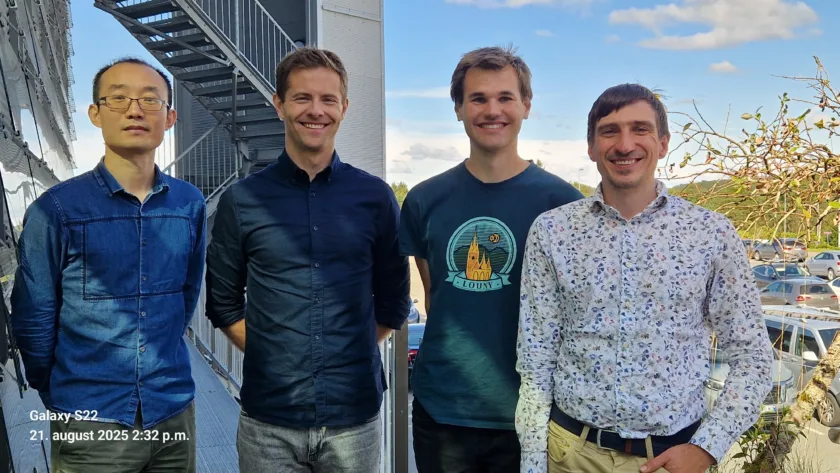Challenge
D-WIS, fig NN, has been demonstrated for interoperability between automated systems of different companies. D-WIS requires labor-intensive configuration, and would benefit greatly to a simplified setup of semantical models
Innovation
Adapt commercially available large language models (LLMs) to transform mnemonic-based data streams, like e.g. WITSML, into a D-WIS style semantic model.
Value
- Simplified setup of semantical models accelerates adoption of advanced D-WIS-based automation
- Including documentation and possibly drawings into the semantical modeling process
- Generative AI for data aggregation may lead to new data-processing workflows
- Identification of inconsistencies in D-WIS models, leading to a more robust and user-friendly framework
Status
Technology will be validated on real datasets during 2025
This work is part of the centres workpackage 4 and DigiWells innovation program.
Contact

Sergey Alyaev

